Chapter 27
Introduction to Animal Diversity
By Boundless

The animal kingdom is very diverse, but animals share many common characteristics, such as methods of development and reproduction.

Animals, besides Parazoa (sponges), are characterized by specialized tissues such as muscle, nerve, connective, and epithelial tissues.
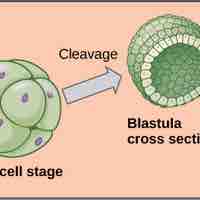
Most animals undergo sexual reproduction and have similar forms of development dictated by Hox genes.
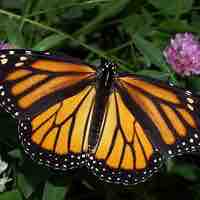
Animals can be classified by three types of body plan symmetry: radial symmetry, bilateral symmetry, and asymmetry.
Animals may be characterized by the presence of a coelom, formation of the mouth, and type of cell cleavage during embryonic development.

Phylogenetic trees are constructed according to the evolutionary relationships that exist between organisms based on homologous traits.
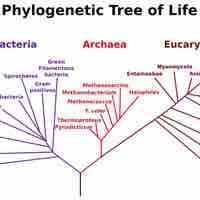
The process of establishing relationships between organisms is increasingly becoming more accurate due to advances in molecular analysis.
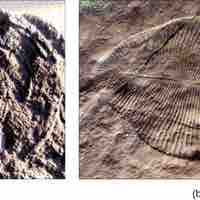
Early animal life (Ediacaran biota) evolved from protists during the pre-Cambrian period, which is also known as the Ediacaran period.
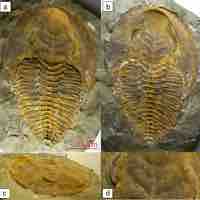
During the Cambrian period, the most rapid evolution of new animal species occurred, but the cause of this explosion is still unknown.
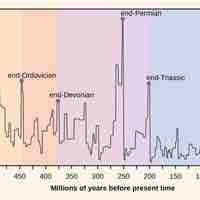
The post-Cambrian era was characterized by animal evolution and diversity where mass extinctions were followed by adaptive radiations.